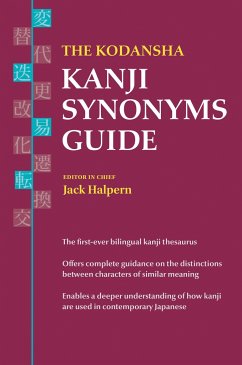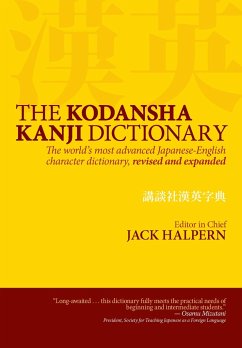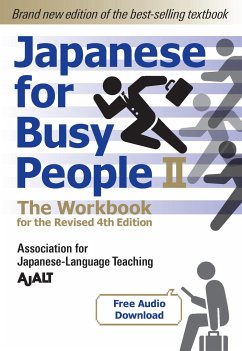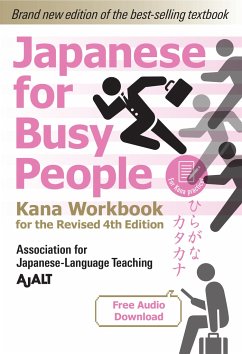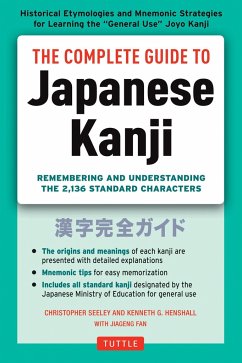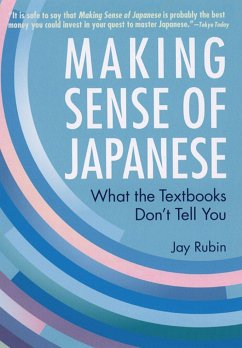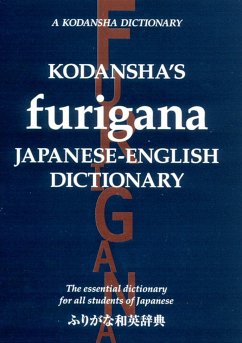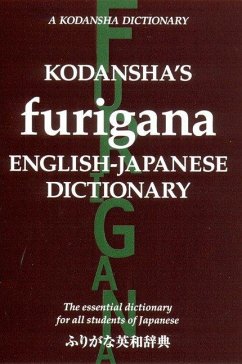
The Kodansha Kanji Usage Guide
An A to Z of Kun Homophones
Herausgeber: Halpern, Jack
Versandkostenfrei!
Versandfertig in über 4 Wochen
17,99 €
inkl. MwSt.

PAYBACK Punkte
9 °P sammeln!
Kun homophones—native-Japanese words that are pronounced alike but are written with different kanji, and often differ in meaning—pose a particular challenge to students at the intermediate level. Words like noboru or kaeru, for example, can be written with several different kanji, each contributing a distinct shade of meaning. The often-subtle nuances conveyed by kanji confuse even Japanese people, and very few dictionaries provide good guidance on kanji usage. The Kodansha Kanji Usage Guide is a new type of reference work that enables learners to deepen their understanding of how kun homo...
Kun homophones—native-Japanese words that are pronounced alike but are written with different kanji, and often differ in meaning—pose a particular challenge to students at the intermediate level. Words like noboru or kaeru, for example, can be written with several different kanji, each contributing a distinct shade of meaning. The often-subtle nuances conveyed by kanji confuse even Japanese people, and very few dictionaries provide good guidance on kanji usage. The Kodansha Kanji Usage Guide is a new type of reference work that enables learners to deepen their understanding of how kun homophones are used in contemporary Japanese. The first Japanese-English resource devoted exclusively to kun homophones, the book presents detailed usage articles that show the differences and similarities for 675 homophone groups, or 1590 kanji headings—the vast majority of single-character kun homophones in current use. With headwords arranged in Japanese a-i-ue-o order and thousands of illustrative examples of kanji in context, the Usage Guide is at once a dictionary and a manual—an all-around resource for clarity on kanji used in kun homophones. Armed with this unique guide, learners will discover in kanji new meanings they never knew existed, and learn to write Japanese more articulately than ever before.



